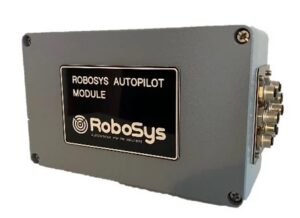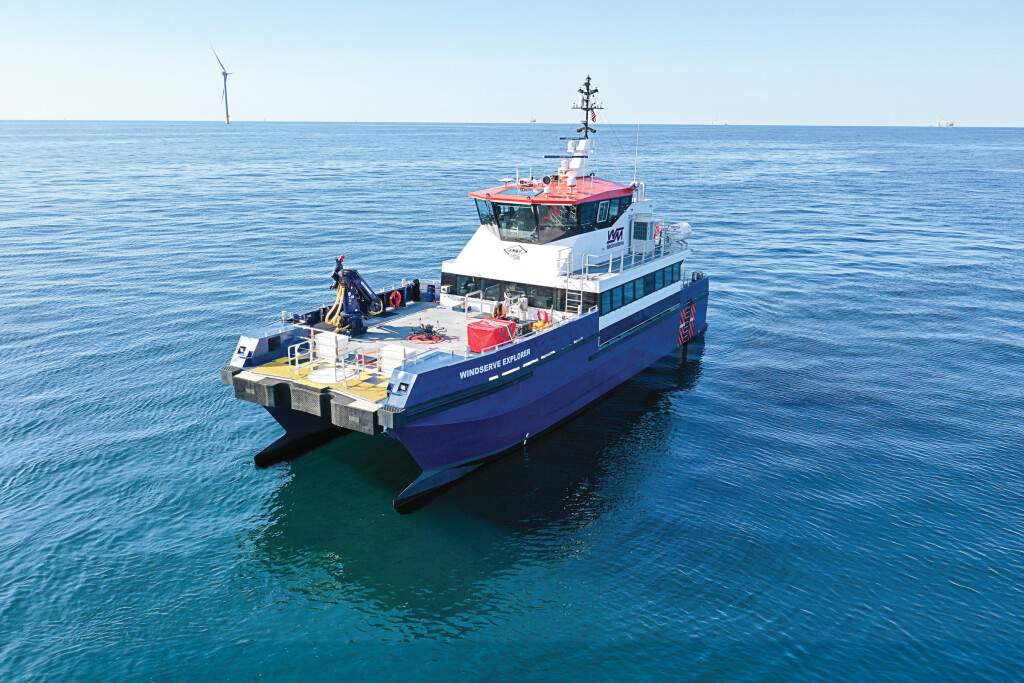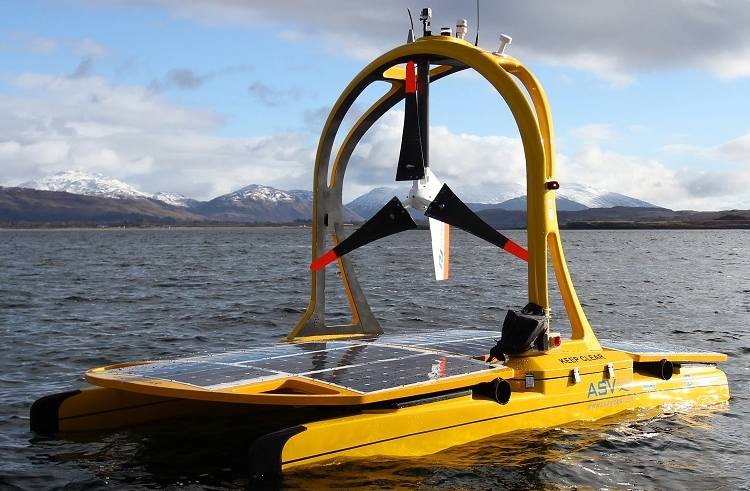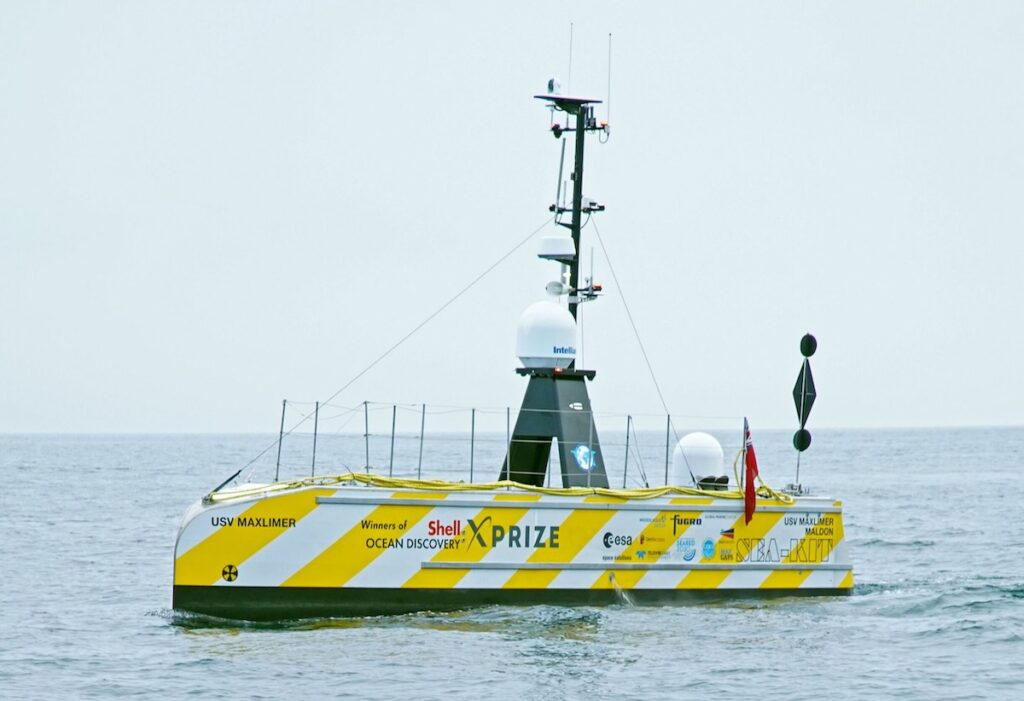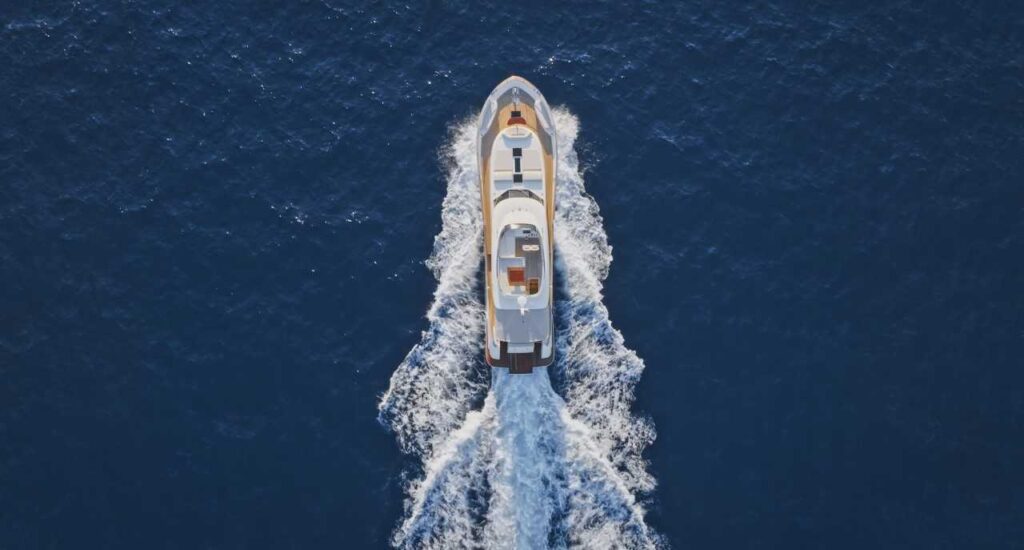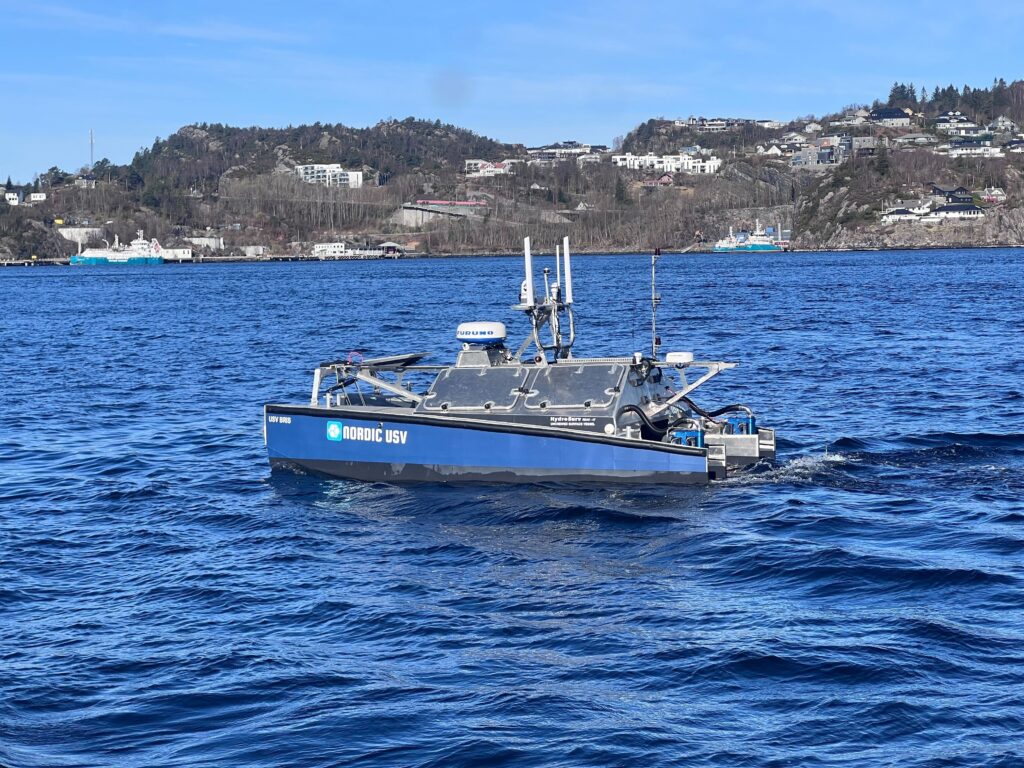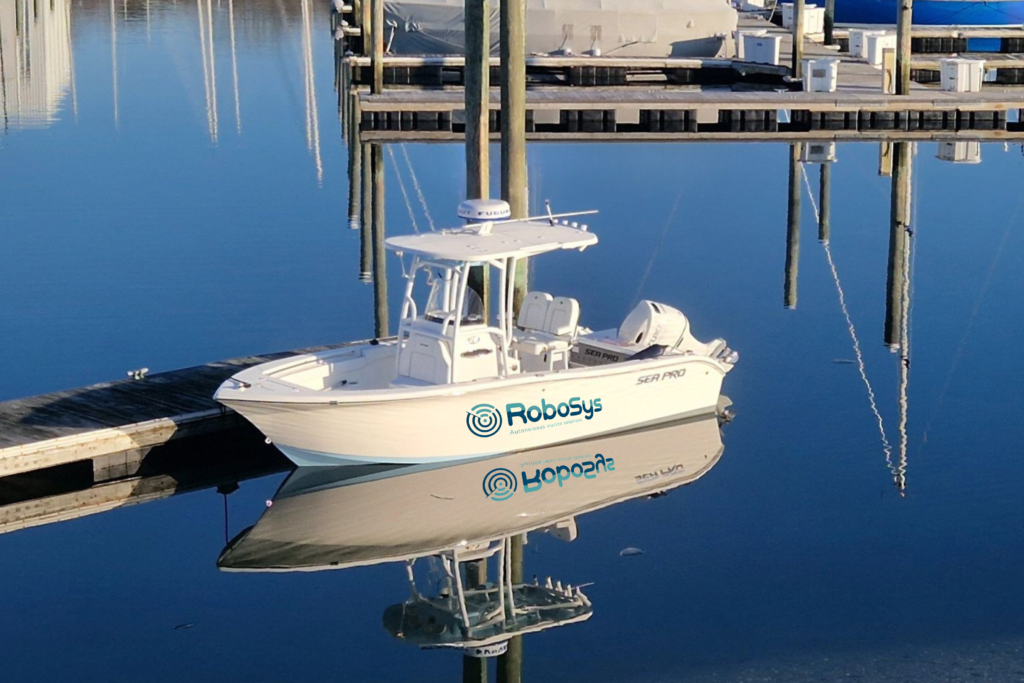Suppliers
Add your company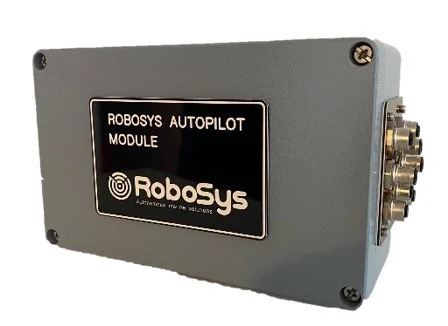
AI-Powered Maritime Autonomy & Remote Control Solutions for Government & Commercial Vessels
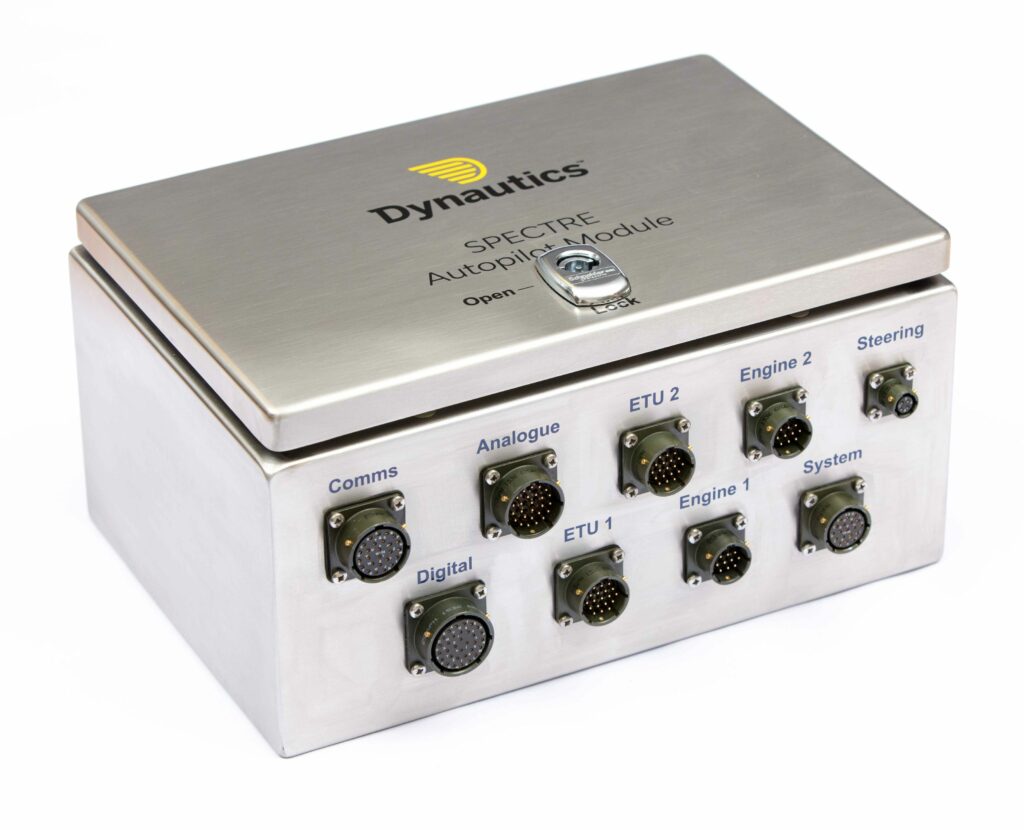
Marine Vehicle Management Technologies: Marine Autopilots, Remote Control Systems, and Simulation Solutions
If you design, build or supply Marine Autopilot Systems, create a profile to showcase your capabilities on this page
Products
Marine Autopilot Systems for Commercial, Scientific & Industrial Applications
Marine autopilot systems are engineered for advanced maritime navigation beyond recreational use, supporting research vessels, unmanned underwater vehicles (UUVs), remotely operated vehicles (ROVs), and autonomous surface vessels. These systems provide automated heading and course control, integrating GPS, GNSS, inertial navigation systems, and environmental sensors to maintain vessel stability and optimize route efficiency. In ocean science and technology, autopilot capabilities are critical for long-duration missions, high-precision sampling, fleet coordination, and dynamic positioning in complex oceanographic conditions.
Functionality and Components of Marine Autopilot Systems
Marine autopilot systems are designed to autonomously steer vessels using a combination of sensors, control units, and actuation systems. The core components typically include:
- Autopilot computer or control processor
- Electric drive unit or hydraulic actuator
- Heading sensor or gyrocompass
- GNSS and GPS navigation interface
- Wind and environmental sensors
- User interface display (UI display)
The autopilot computer receives input from heading and positioning systems, processes navigational data, and adjusts rudder or thruster controls to maintain a predefined course. Integration with marine GPS systems and inertial measurement units ensures accuracy in dynamic conditions such as high seas or strong currents.
Applications in Ocean Science and Marine Technology
In ocean science, marine autopilot systems support diverse missions, including:
- Long-range deployment of autonomous underwater vehicles (AUVs)
- Precision station-keeping for data buoys and floating laboratories
- Survey path control for ROVs and towed sonar arrays
- Automated navigation for research vessels conducting transect studies
- Coordinated fleet movement in marine science campaigns
For example, AUVs use autopilot systems to follow complex three-dimensional routes beneath the surface, crucial for seafloor mapping and benthic ecology studies. Similarly, ROV autopilot technology stabilizes remote vehicle positioning during sensitive sampling or inspection tasks.
Industrial and Defense Use Cases
Marine autopilot systems also play a vital role in defense, logistics, and industrial ocean operations. Use cases include:
- Navigation control for unmanned surface vessels (USVs) in surveillance
- Precision routing in offshore energy and subsea infrastructure inspection
- Automated piloting of cargo platforms in coordinated marine fleets
- Integration with ship management software for voyage optimization
- Enabling autonomous marine systems in contested or remote waters
Fleet management systems often rely on integrated autopilot solutions to enhance operational efficiency, especially in dynamic oceanographic or strategic environments.
Types and Models of Marine Autopilot Systems
Marine autopilot systems vary by vessel type, operational depth, and mission duration. Common classifications include:
- Surface Vessel Autopilots: Used in crewed or uncrewed boats and ships for route-following and course correction
- Subsurface Autopilots: Tailored for AUVs, UUVs, and ROVs requiring 3D navigation and depth control
- Modular Autopilot Systems: Scalable architectures allowing integration with various marine sensors and communication modules
- Dual-Redundancy Systems: Designed for mission-critical applications where backup units ensure continuous operation
Some systems are optimized for low power consumption, essential for long-duration missions or electric drive configurations.
Comparisons with Consumer Marine Autopilots
Unlike recreational marine autopilots, non-consumer systems are:
- Rated for continuous operation in extreme marine environments
- Equipped with industrial-grade sensors and interfaces
- Compatible with mission-specific hardware such as acoustic modems, scientific payloads, or underwater telemetry
- Capable of integrating with broader control networks in autonomous marine robotics
They are also designed for complex navigation algorithms, including adaptive routing and obstacle avoidance.
Standards and Protocols
Marine autopilot systems used in scientific and industrial applications adhere to stringent standards, such as:
- IMO Performance Standards for automatic steering systems
- IEC 62065: Shipborne automatic steering gear
- MIL-STD-810: Environmental engineering considerations and laboratory tests
- STANAG 4586: NATO interoperability standard for unmanned control systems
- NMEA 2000: Marine data communication protocol
These standards ensure compatibility, resilience, and interoperability across platforms and mission types.
Integration with Marine Navigation and Control Systems
Modern marine autopilot systems operate as part of integrated navigation suites, interfacing with:
- Marine GPS navigation and GNSS systems
- Vessel control and monitoring platforms
- Heading and attitude reference systems (AHRS)
- Marine science data acquisition platforms
- Dynamic positioning systems
Interfaces often support modular expansion, allowing operators to incorporate wind sensors, interface modules, and external command inputs for mission customization.
Role in the Future of Autonomous Marine Systems
Marine autopilot systems are foundational to the development of fully autonomous ocean systems. As unmanned platforms grow in scope and capability, autopilot systems will evolve with AI-enhanced routing, real-time environmental adaptation, and swarm coordination. Their role in enabling marine advanced robotics and autonomous mission execution is essential to future ocean science, climate monitoring, defense operations, and industrial marine automation.








